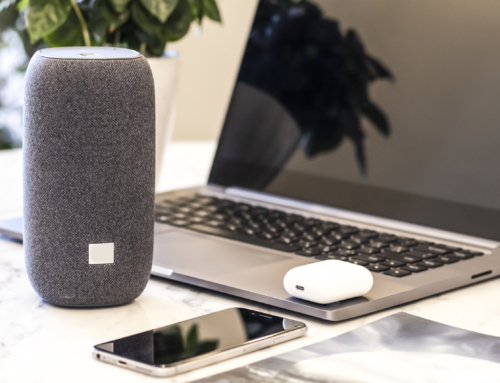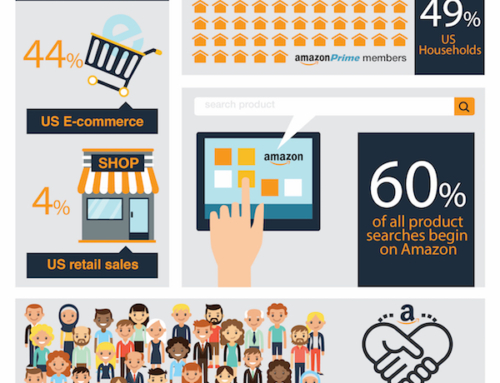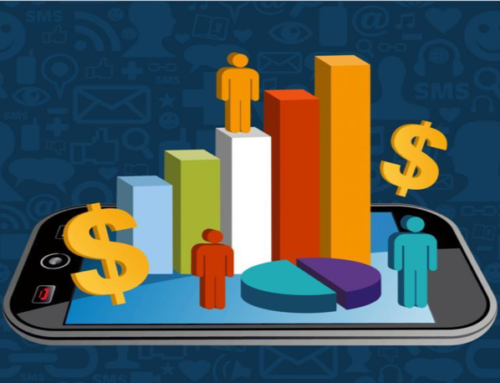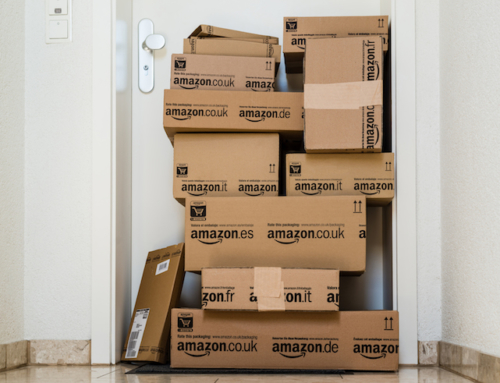By 2027 Amazon will reach $1 Trillion in sales.
Amazon is the undisputed leader of eCommerce sales. About 55% of all product searches begin on Amazon.com vs about 24% for Google and the remainder is split among all other search engines and ecommerce sites. 82% of the their sales come from third party sellers. So, most smart retailers and eCommerce companies also sell on their marketplace. These numbers do not appear to be slowing down anytime soon and with the growth of Prime, the trend may begin to accelerate.
Amazon is more than just Amazon.com retail. AWS (Amazon Web Services), Amazons Cloud computing platform business, will end 2016 at around $10 billion in sales with an operating income near $2 billion. Growing at an annual rate of over 28%.
For those unaware at how far AWS is ahead, it is 10 times bigger than the 14 other “infrastructure-as-a-service” (IaaS) providers combined and that includes Microsoft. AWS is already invested in new technologies like the Internet of Things (IoT), artificial intelligence, and supercomputer testing. Which makes its growth rate very sustainable in the years to come.
“AWS, Marketplace and Prime are all examples of bold bets at Amazon that worked, and we’re fortunate to have those three big pillars. They have helped us grow into a large company, and there are certain things that only large companies can do,” said Jeff Bezos.
They became the fastest company to reach $100 billion in sales and some of its parts, like AWS, are on a growth trajectory that outpaces that feat. It took about 20 years for Amazon to reach the $100 billion mark. AWS may get there in 8.
Even the most conservative look at Amazon, relative to the growth of eCommerce, shows that they will be the first Trillion Dollar Sales Company within the next 10 years.
Worldwide Retail & Ecommerce Sales
Global Retail Sales will end 2016 at approximately $22 trillion, growing at 6% per year and expected to be close to $28 trillion by 2020.
Ecommerce Sales globally, will end 2016 at approximately $2 trillion, growing at approximately 20% per year expecting to double to 4 Trillion by 2020. This is a conservative growth rate given the acceleration of migration from brick and mortar to eCommerce in 2016.
Find more statistics at Statista
Find more statistics at Statista
Revenue
Amazon Revenue will end 2016 at approximately $128 billion, an approximately 20% increase over 2015.
Find more statistics at Statista
Year over Year Revenue growth of 20% since it’s founding.
Amazon’s growth has begun to accelerate driven by their entrance into fashion, a $3 trillion per year market. The opening of grocery stores and the continued growth of Fresh and Amazon Business also contribute. When you include AWS in this forecast, with its market dominating capabilities, Amazon is poised to continue its dominance with no real competitor in sight. Meanwhile, all of these business units are still in their infancy.
Amazon share of total worldwide ecommerce as of 2016 is 6.4% and increasing share as they continue their global expansion.
The Customer
But the most important accomplishment Amazon has realized and which all Ecommerce companies strive for, is extreme customer loyalty and retention.
Prime is more than just Free 2 day shipping. The consumer trusts Amazon more than any other retailer by a long shot. This is not something that will be easy for a WalMart.com or a Jet.com or any competitor to copy or take away.
Amazon has always been a customer-centric company who has made it easy for consumers to purchase regardless of device. Consumers trust the security, trust the on time delivery promises and trust the prices and selection.
3rd party sellers on the Marketplace have provided a selection that is difficult for anyone to match. And the Marketplace has also provided the best pricing and a multitude of product option.
Find more statistics at Statista
The Path to $1 Trillion in Revenue
To be conservative, let’s assume that Amazon holds its 6.4% of total global Ecommerce share, as more sales are driven to Ecommerce from brick and mortar over the next few years.
Assume their annual growth rate is 21% due to the increase in AWS, in Fashion and the entry into brick and mortar grocery stores. Again, Amazon has achieved a 20% annual growth rate since inception without AWS or Brick and Mortar.
Those two assumptions alone show that Amazon will achieve $1 Trillion in Annual Revenue by 2027. Along the way they will become the most valuable company in the world.
*All Revenue Numbers in Billions of Dollars
2016 $128.00
2017 $154.88
2018 $187.40
2019 $226.76
2020 $274.38
2021 $332.00
2022 $401.72
2023 $486.08
2024 $588.16
2025 $711.67
2026 $861.12
2027 $1,041.96
2028 $1,260.77
2029 $1,525.53
2030 $1,845.89
If Amazon achieved a 25% Growth rate, they will reach $1 trillion in sales in 8 years.
Why It Matters
The consumers continual reliance on Amazon.com to search and purchase products will mean ecommerce companies will need to figure out how best to utilize their seller marketplace to expand their business. Companies like Hound Dog Digital help marketplace sellers become successful integrating Amazon as part of their channel building strategy. It does not appear that any serious contender will emerge anytime soon.
Amazon.com has a 20-year head start on building customer loyalty and that will be difficult for any competitor to break.
They makes it easy for sellers to build a business on their marketplace.
Amazon has a significant position in two of the largest growth opportunities: online retailing and cloud computing. They are securing a quickly growing slice of a quickly growing pie.














[…] many steps are required for a prospective customer to complete the desired action? On Amazon, there is a 1-click option for purchases, making it easy for customers to […]